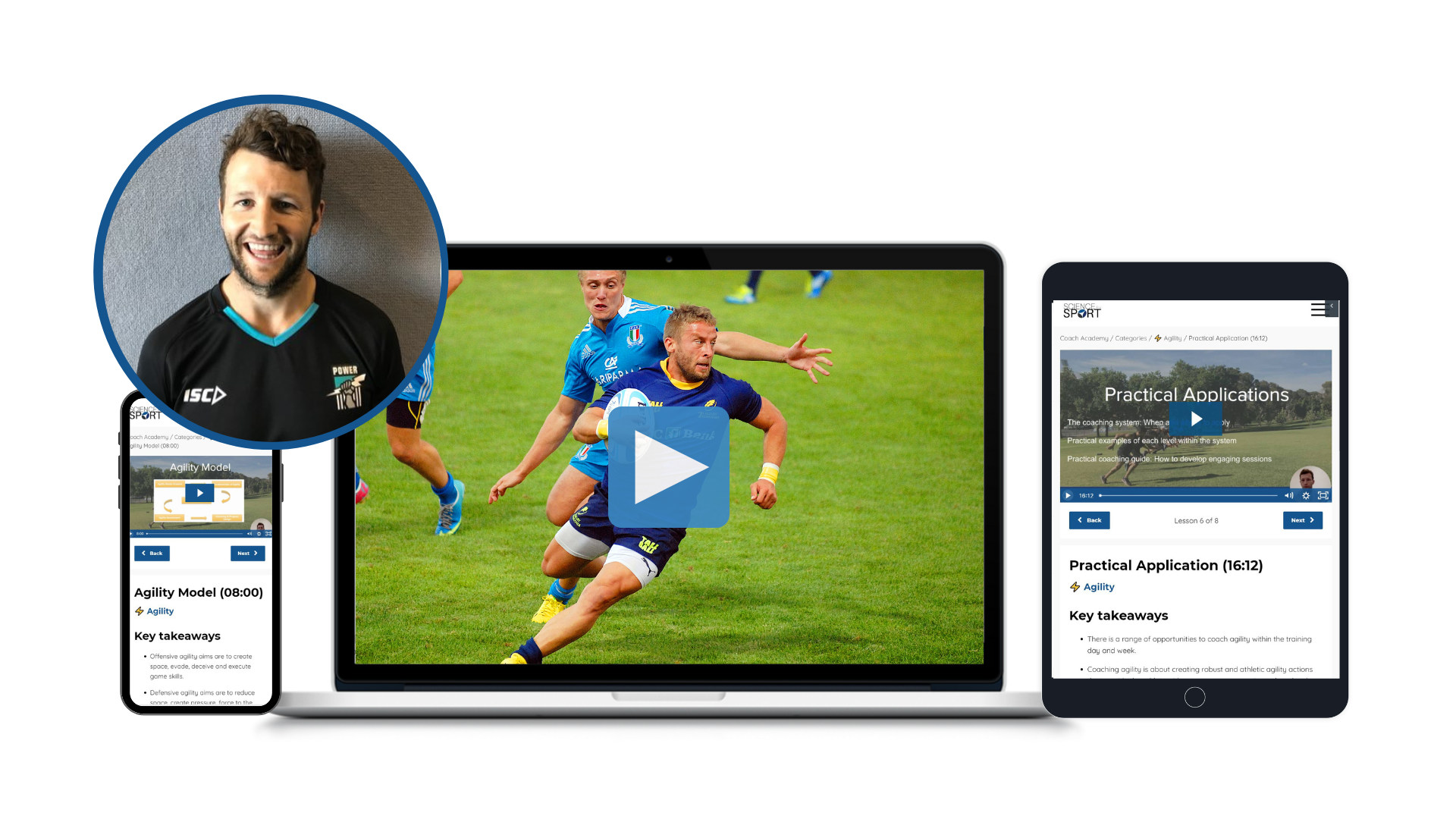
Athletes Should Use This Index!
This week in the world of sports science, the Omega-3 Index, “Skills.Lab Arena”, and a day in the life of a performance nutritionist.

This week in the world of sports science, the Omega-3 Index, “Skills.Lab Arena”, and a day in the life of a performance nutritionist.

This week in the world of sports science, creatine and hair loss, Gaelic games neglecting late developers, Catapult’s RaceWatch technology

This week in the world of sports science, new technology in football, kiwi fruits and sleep, plyometric training on grass or sand?
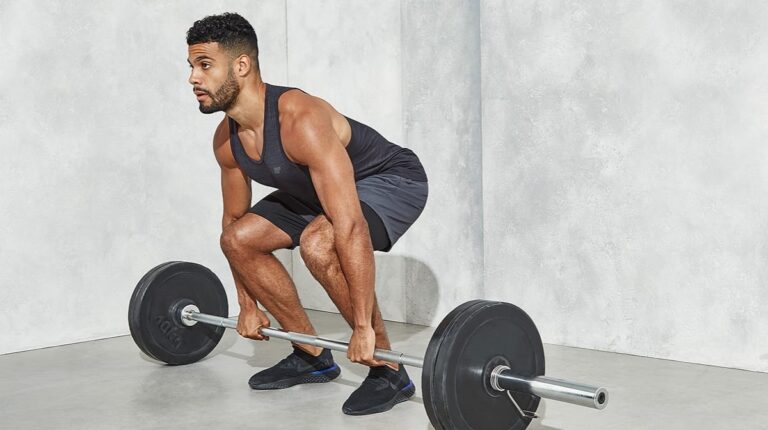
In this week’s sports science news, performing deadlifts correctly, potential risks of beetroot supplementation, VALD Performance
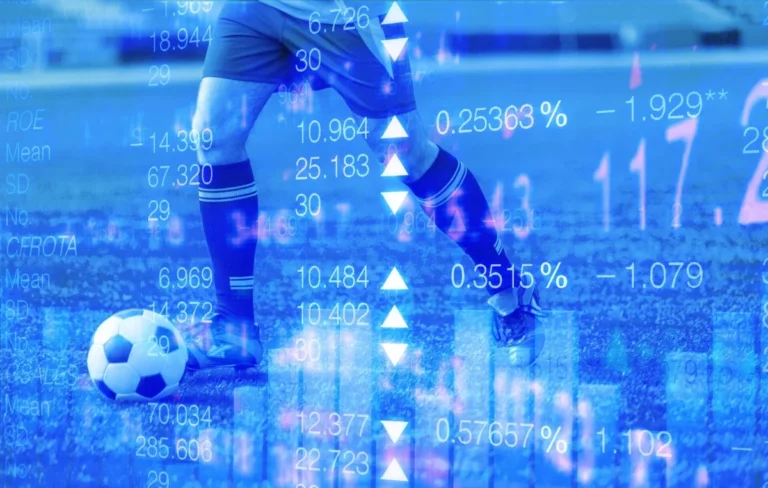
In this week’s sports science news, Kitman Labs football software technology, AG1 research, are football academies too demanding?

Trusted by thousands of teams and organisations worldwide, VALD’s ForceDecks Dual Force Plate System is widely considered the world leader.

Power BI is a potent tool, offering sports organisations a comprehensive solution for visualising, and analysing data.
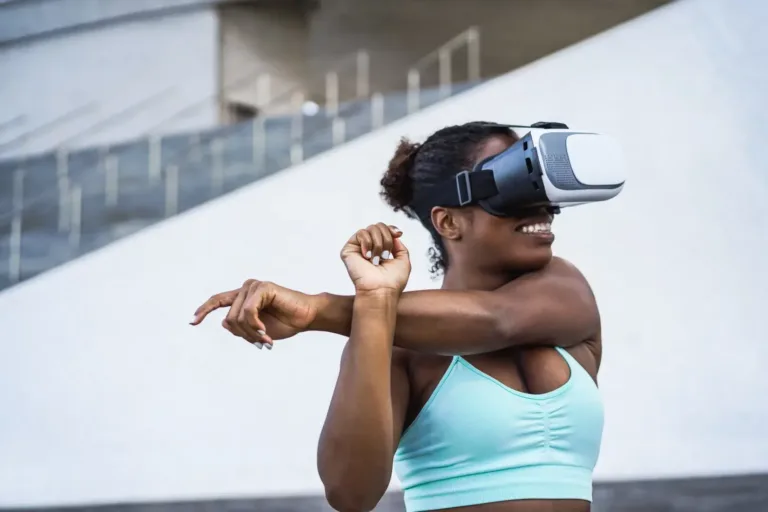
Virtual reality for sports training is becoming an option for many athletes. While it’s not for everyone, it does have potential to help support the development of technique and even help minimise some injury risks.

Speed training is a difference-maker in many sports, and technology can play a massive role in shaving milliseconds off your sprint time. But when it comes to that all-important tech, where do you start?
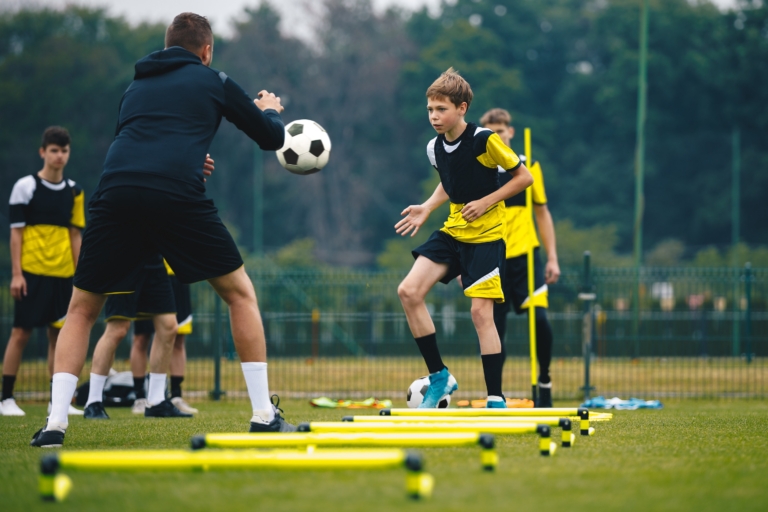
While it’s not possible to completely prevent injuries, monitoring their load can significantly reduce the risk.

For those not working in an elite team, budgets can be slim and the prospect of fitness testing can be daunting. But there are ways around it.

Training load monitoring and management is an important step in the process of setting up a team or athlete to be prepared for a competitive season.

Concussion technology is an ever-growing area of importance for many collision sports, with cutting-edge mouthguards being developed in the hope of helping prevent or minimise head knocks.
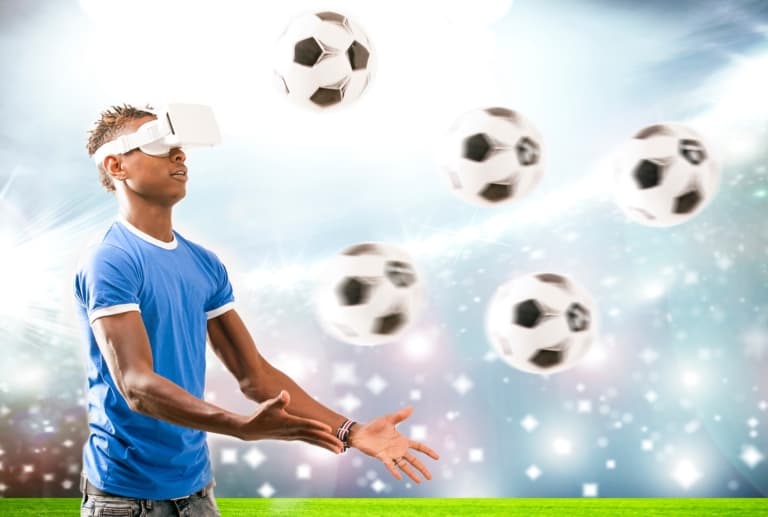
Just a few years ago, suggesting virtual reality as a training method would have got you laughed out of the room – now many elite and amateur athletes are using it with great success.

GPS analysis can often be confusing, with thousands of metrics and the need for highly specific reporting, so how on earth do you select the right key performance indicators?

Learn from a world-class coach how you can improve your athletes' agility. This course also includes a practical coaching guide to help you to design and deliver your own fun and engaging agility sessions.
Get Instant Access